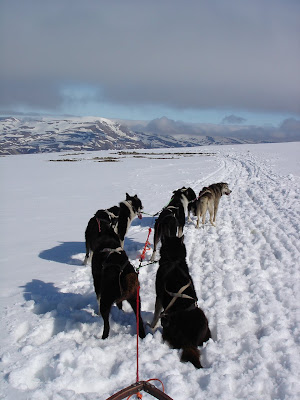 Dog walkers in my local park are outraged at this sign which was put up on the gate last week. I have been dog walking in this park since 1981. A wonderful, beautiful local resource. A huge open space with ancient oak trees, tennis courts, playgrounds and football pitches. It is a lovely open space and dogs have been getting exercise off lead for years without bother... until now.
Dog walkers in my local park are outraged at this sign which was put up on the gate last week. I have been dog walking in this park since 1981. A wonderful, beautiful local resource. A huge open space with ancient oak trees, tennis courts, playgrounds and football pitches. It is a lovely open space and dogs have been getting exercise off lead for years without bother... until now. I can understand fining people £80 for allowing their dog to foul and not pick up after them - fair enough. But to fine them £80 for letting their dog off the leash to have a run? You're having a laugh!
I can understand fining people £80 for allowing their dog to foul and not pick up after them - fair enough. But to fine them £80 for letting their dog off the leash to have a run? You're having a laugh!There may have been individual cases of dog aggression, young people in gangs with bull dogs seem to be everywhere these days. Penalising the rest of us is just not fair. Why not bring the problem individuals to justice, and not Mr and Mrs Normal and their elderly Golden Retriever. Actually, you are likely to see more dog to dog aggression if they are always on a leash.
By being on a leash, you may have cut down on their 'fight or flight' options if they feel uncomfortable or threatened by a strange dog. If they are off the leash then their body language is natural and they can show appeasement and run away if necessary. If they are on a leash their body language is strained and more threatening, and you have cut off their option to run away.. so theymay feel that they have to fight if they feel threatened. A sad state of affairs, but a sign of the times I'm afraid.


















